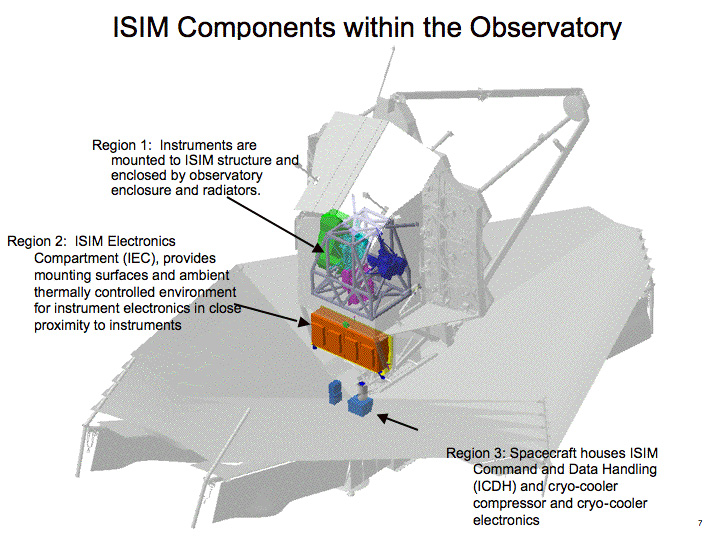Contents
What is the James Webb Space Telescope?
The James Webb Space Telescope is an orbiting infrared telescope that will supplement and enhance the Hubble Space Telescope’s discoveries by covering a more comprehensive range of wavelengths and improving sensitivity. Webb can look considerably closer to the beginning of time, hunt for the unobserved development of the first galaxies, and peer inside dust clouds where stars and planetary systems are developing now, thanks to the longer wavelengths.
James Webb Telescope Launch Date – UPDATE
How Big is Webb?
Webb will be roughly the dimensions of a small bus, and it will be about as wide as a tennis court. It will have a mirror 6 feet (1.8 meters) in diameter and 12 feet (3.7 meters) long, and it will weigh about 6,300 pounds (2,900 kilograms).
The telescope will have a mirror that collects light from infrared wavelengths longer than those visible to the human eye. This means that Webb will see much fainter objects than Hubble can see in visible light, but with better resolution. Webb will also observe in other wavelengths, including visible light and ultraviolet.

How many people will work on Webb?
NASA's Goddard Space Flight Center is leading the project in Greenbelt, Maryland; the Jet Propulsion Laboratory in Pasadena, California; and the European Space Agency's European Space Astronomy Centre in Villanueva de la Cañada, Spain.
How many instruments will the James Webb telescope have?
The telescope will have a suite of instruments that will enable it to explore the formation of stars and galaxies, the evolution of planets, and the nature of dark energy. Four spectrometers will complement the primary mirror to measure light at different wavelengths.
The telescope consists of three main elements:
- Integrated Science Instrument Module (ISIM)
- Optical Telescope Element (OTE)
- the Spacecraft Element (Spacecraft Bus and Sunshield).

How much does it weigh?
Webb weighs about 6,300 pounds (2,900 kilograms).
How long does it take to build the James Webb telescope?
The project has been in the works for more than 15 years.
Why is NASA building a new space telescope?
The Hubble Space Telescope has been a remarkable success, but it is reaching the end of its useful life. To continue its mission for at least another decade, NASA needs a successor that can observe infrared light at much longer wavelengths than Hubble can see with its visible-light cameras.
What are some of the key science goals of the James Webb Space Telescope?
Webb can look considerably closer to the beginning of time, hunt for the unobserved formation of the first galaxies, and peer inside dust clouds where stars and planetary systems are forming today, thanks to the longer wavelengths.
How Far Back Will Webb see?
Webb will be able to view what the cosmos looked like a quarter-billion years (perhaps 100 million years) just after the Big Bang when the first stars and galaxies began to emerge. About a billion years shortly after the Big Bang, the first galaxies most likely formed.
How Much will Webb cost?
It is expected to cost $9.7 billion over a 24-year period. Between 2003 and 2021, $8.8 billion was spent on spacecraft development; $861 million is expected to fund five years of operations. NASA's lifetime cost, adjusted for inflation to 2020 USD, will be around $10.8 billion.
That is merely NASA's share. For an estimated €700 million, the European Space Agency contributed the Ariane 5 launch vehicle and two of the four research instruments. The Canadian Space Agency donated sensors and research instruments worth about CA$200 million.
James Webb Solar orbit
The James Webb Space Telescope, unlike the Hubble Space Telescope, will orbit the Sun 1.5 million kilometers away (1 million miles) distant at the second Lagrange point, or L2. This orbit is unique in that it allows the telescope to remain aligned with the Earth while it goes around the Sun. This enables the satellite's enormous sunshield to shield the telescope from the Sun's and Earth's light and heat (and Moon).


